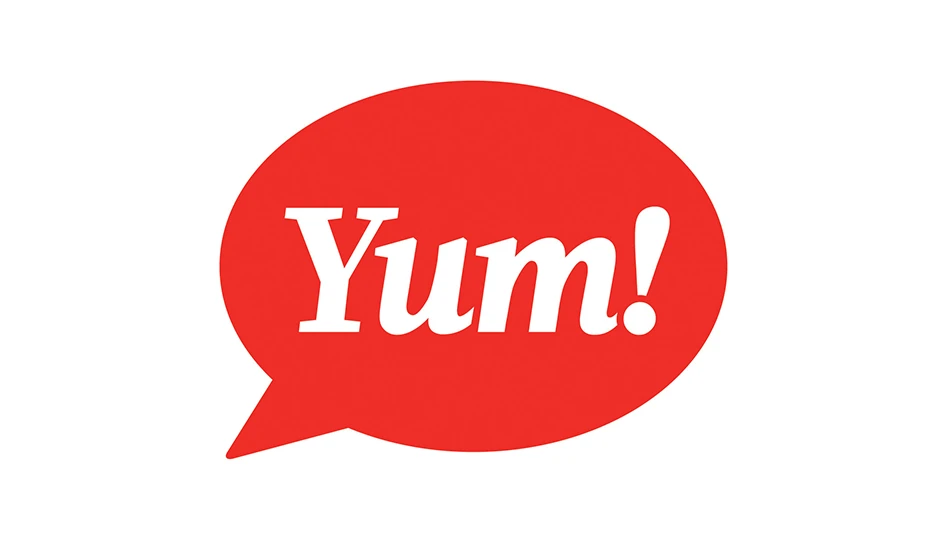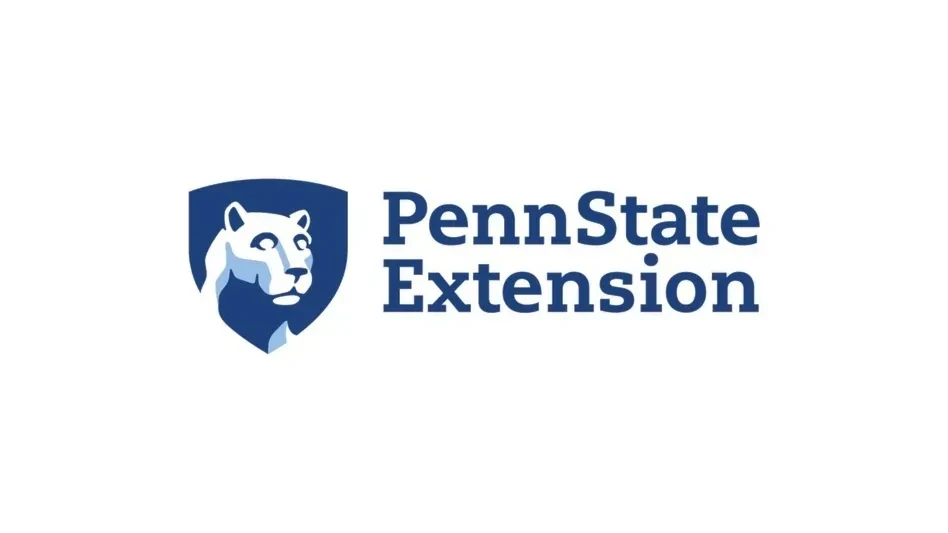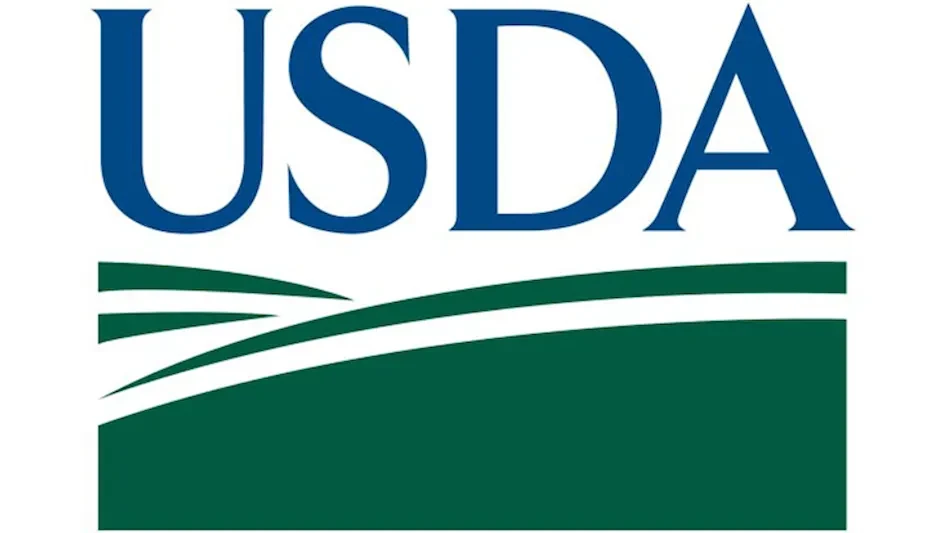|
Author's Soapbox A sad sight is a wrongly bossed worker who puts out an incredible effort. A sadder sight is a reliable worker receiving conflicting direction from more than one boss. The saddest sight is an incredibly reliable worker quitting. A good boss is one whom can be trusted. When the trust is gone, eventually good workers will leave. Keep the trust. |
Quality assurance and food safety professionals seem to have ever-increasing responsibilities, tasks, and duties. Too many responsibilities along with the dreaded directive “perform all other duties as assigned” may create performance issues, sometimes conflicting with the basic job itself. Most jobs come with a description and responsibilities, along with experience, education, and/or other requirements. But if not managed properly, the job performance of what could have been a good worker can end up being rated “poor but showed good effort.”
What is a practical solution for this dilemma? Utilize a performance management process. Although the annual performance review is universally disliked, it can be a great improvement tool. Here are some ideas to improve your performance, protect your job, and help you actually look forward to your annual review.
Higher-compliance personalities, typically found in quality assurance and food safety professionals, tend to have difficulties with priorities. So when you find yourself struggling with priorities, remember that each employee is part of a bigger picture; a picture painted by the company vision, values, ethics, mission, and trust to get things done through people. Additionally, well-written job descriptions are connected to this big picture.
A strategically aligned organization is a beautiful thing to see in action—and this should be of help on those days that you find there is not enough time to get everything done. When this happens, go to the big picture—the mission—for the answer. On the other hand, if your company’s vision, values, ethics, mission, and trust conflict or do not exist at all, update your resume. Success can be a series of failures put to flight, difficult in the short term but rewarding in the long term.
Prepare yourself throughout the year for your performance review by keeping track of how well you have completed job tasks, along with any major accomplishments. In this world of record keeping, documenting work performance should be commonplace. Don’t wait until year end to do it; some key accomplishments might be missed.
In a well-managed company, expect a base salary with additional rewards connected to the company meeting its objectives. If the company doesn’t make a profit, don’t expect financial-related incentives. Note: incentives may come in other forms, e.g., paid time off. Companies manage financial incentives differently; some have team objectives (e.g., profit); some have departmental objectives; some have job-specific objectives. The performance review process actually follows the quality improvement cycle of plan (develop desired results), do (achieve desired results), check (measure desired results), and act (reward desired results). Good objectives should be achievable and quantifiable.
Most job descriptions follow a template of description, responsibilities, duties, qualifications, etc. A practical solution to demonstrating work performance is working together with your boss to develop desired results for each responsibility. Establish a quantifiable measurement for each result. This may require additional recordkeeping, but it puts you and your boss, along with the human resources folks, on the same page as relates to your work performance.
A typical food safety manager’s responsibility is to develop, implement, and manage the food safety program. A desired result is to not receive any FDA-inspection citations. A zero FDA citation accomplishment is achievable with a quantifiable measurement. A “bonus” could be a “plug in the number” for all desired results. The performance review process should consist of periodic coaching meetings with the annual performance review as a measure of desired results and accomplishments. Evaluating performance for each responsibility by quantifying desired results will lead to a fair appraisal, recognize performance, and provide a fair incentive.
The performance review is a two-way process. Give feedback on your boss and the company by demonstrating a broad business view. Be honest without grudges or personal feelings, and make your voice heard in a respectful manner. It’s a good idea to praise your boss and company in some manner. Expect and take criticism as a means to seek self-improvement. Point out how you overcame obstacles and how such obstacles should be dealt with in the future. This approach will demonstrate that you have a positive work attitude and value beyond the job description.
Ask your boss what you need to do to make more money, then listen well. Note that the performance review meeting is not a good time to debate whether you are underpaid. Discussing your salary with industry standards is better in a follow-up meeting. Come prepared to discuss how your salary compares nationally to similar jobs and locally to the job market, while demonstrating how your performance helps improve company profit.
Ever-increasing job responsibilities and duties can be overwhelming. Take time to improve your overall job description by connecting it to the bigger picture with agreed-upon responsibilities, duties, and desired results (quantifiable). Your job should be more fulfilling and your performance better recognized, while helping your company be better aligned with its strategic objectives.

Explore the June 2014 Issue
Check out more from this issue and find your next story to read.
Latest from Quality Assurance & Food Safety
- Ferrero Group Invests $445 Million in Ontario Production Facility
- Nelson-Jameson Announces Grand Opening for Pennsylvania Distribution Center
- Taylor Farms Linked to Romaine E. coli Outbreak as Marler Clark Files Multiple Lawsuits Against Supplier
- IAFNS Announces Winners of Emerging Leader Awards for Food Safety, Nutrition
- FDA Shares Testing Results for PFAS in Bottled Water
- Provision Analytics Adds Food Safety Expert Jennifer Williams to Strategic Advisory Group
- Boston Sword & Tuna Protects Seafood Safety with Mettler-Toledo Metal Detectors
- IFT Releases New Resources to Aid Food and Beverage Industry in Sugar Reduction





